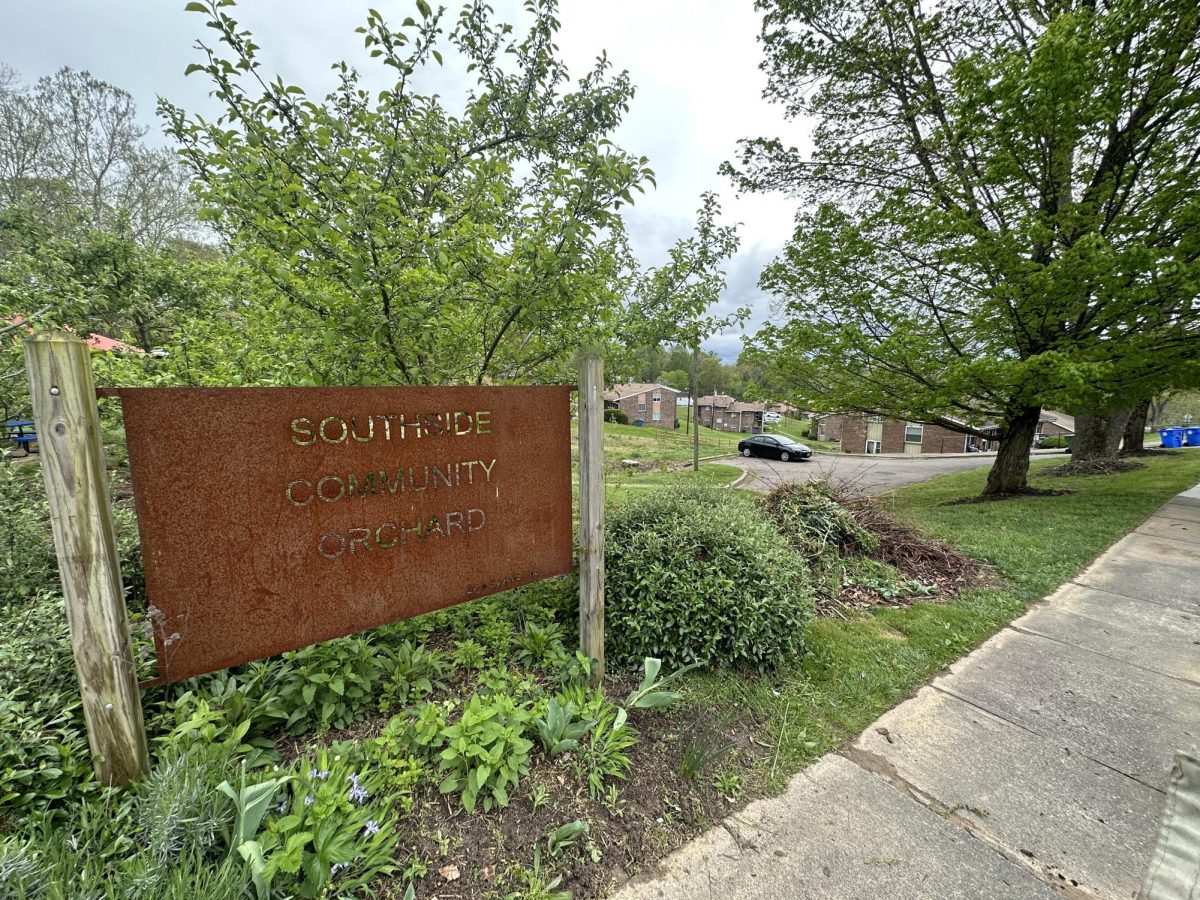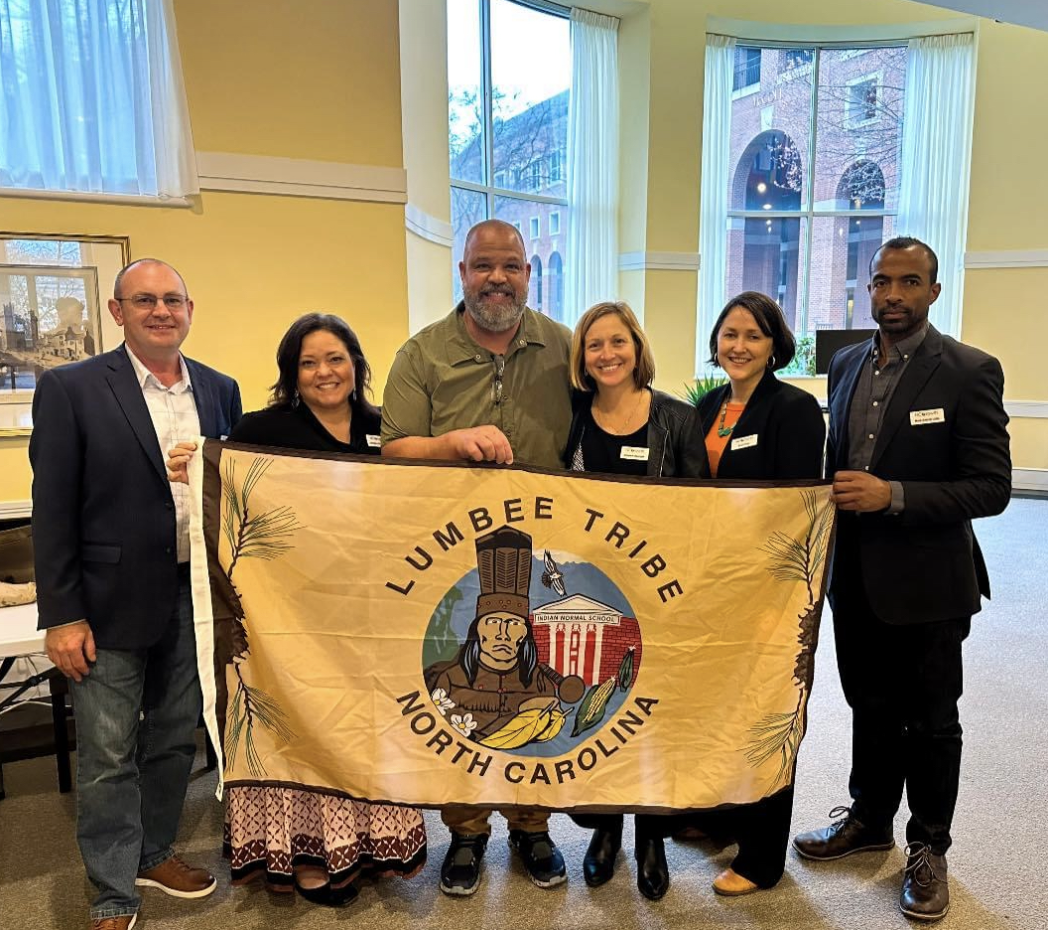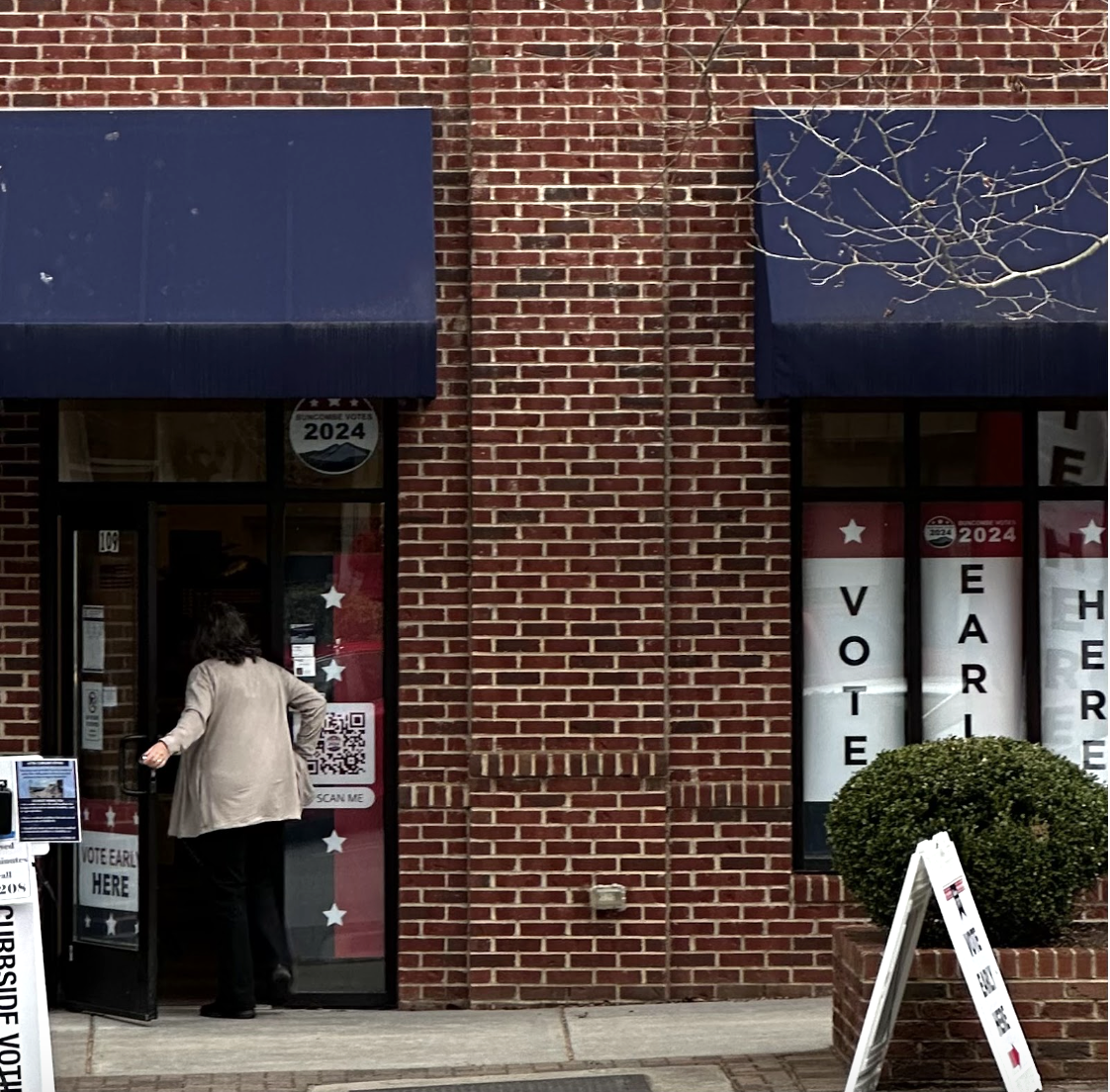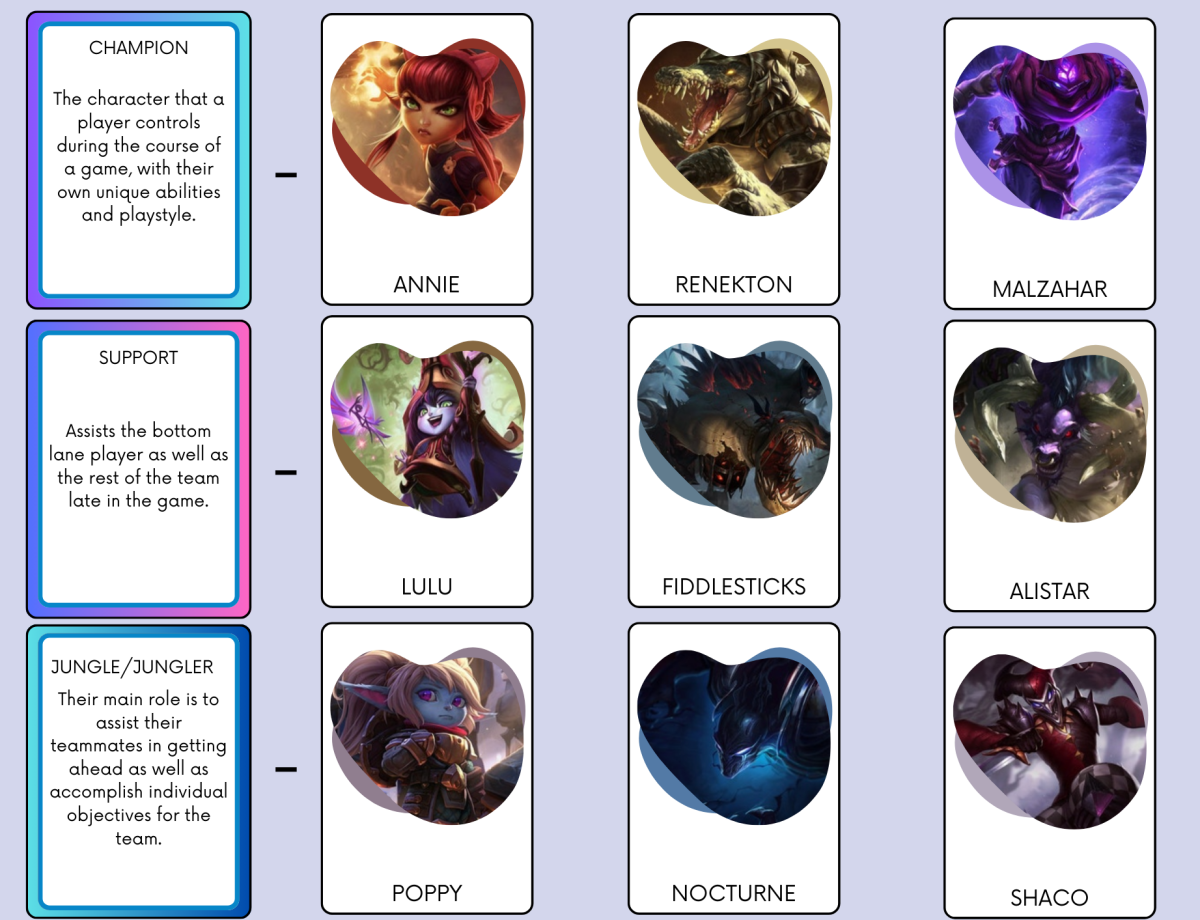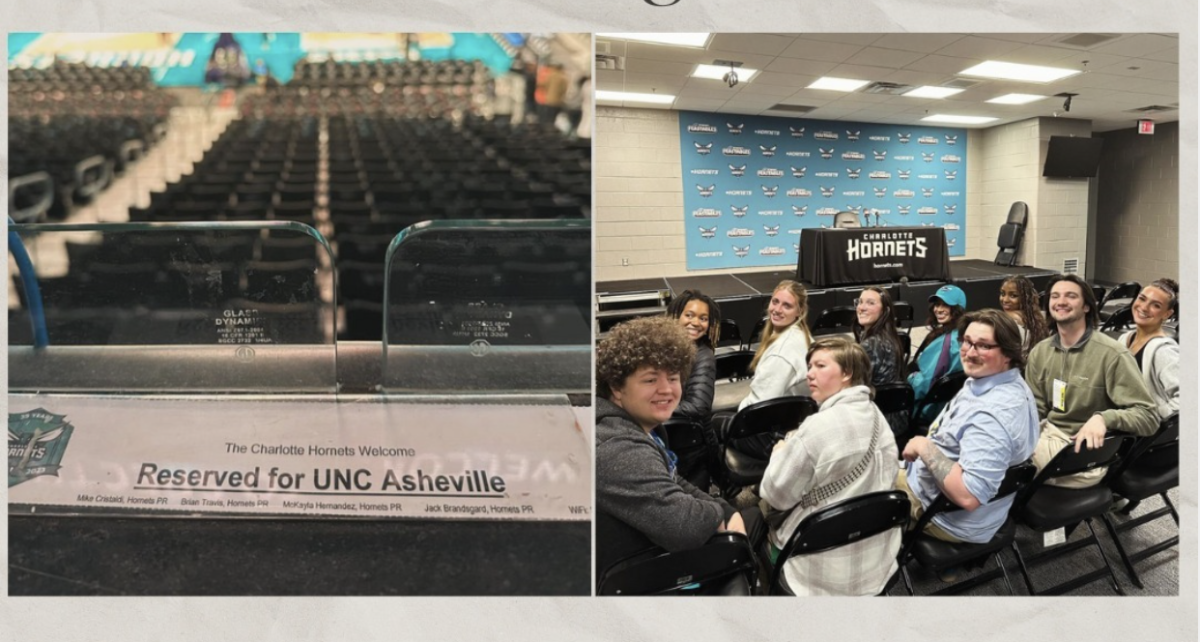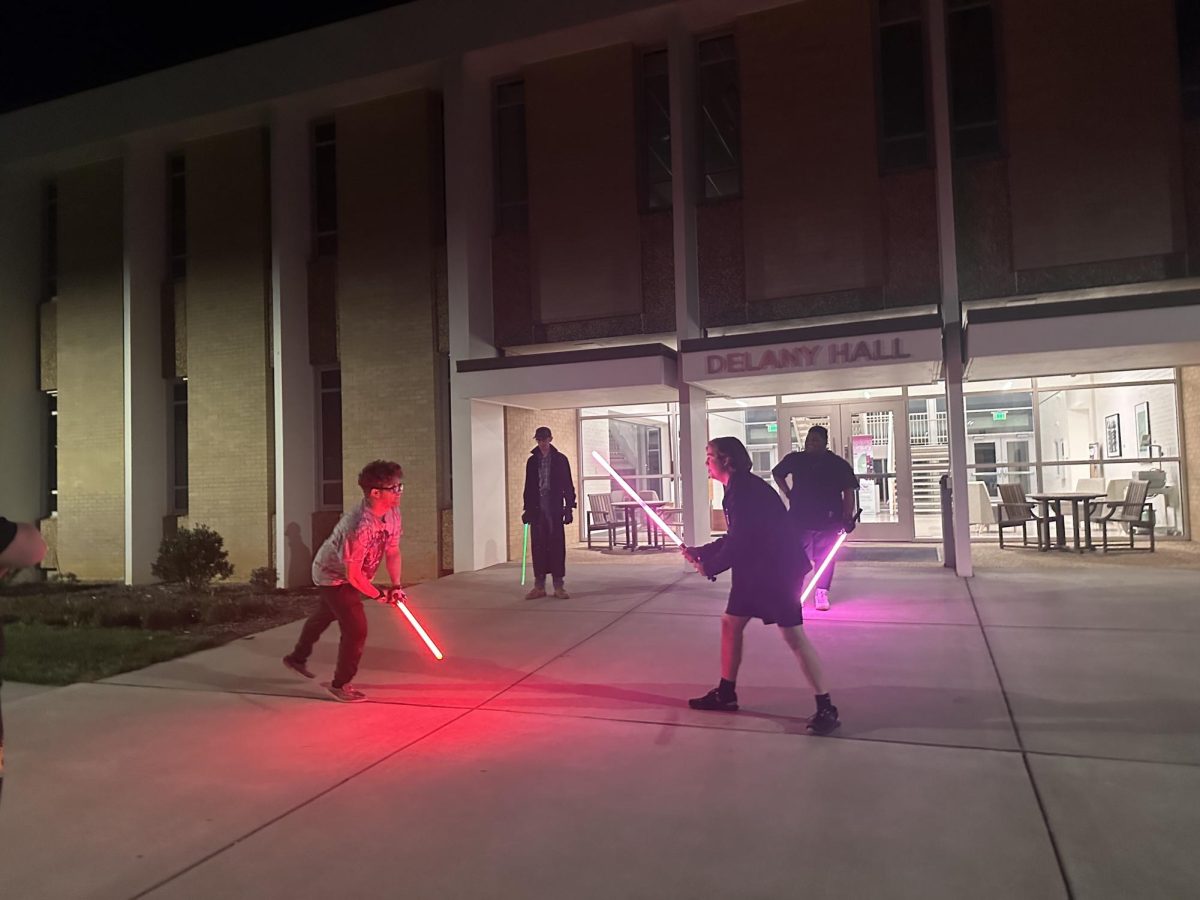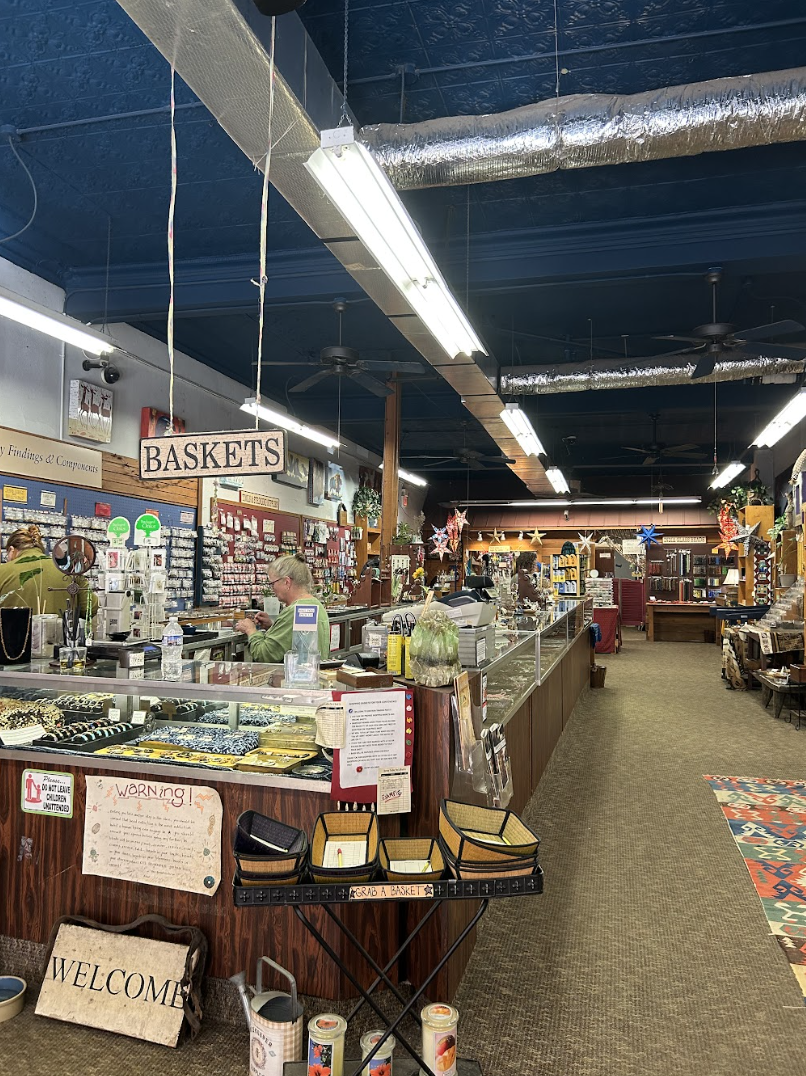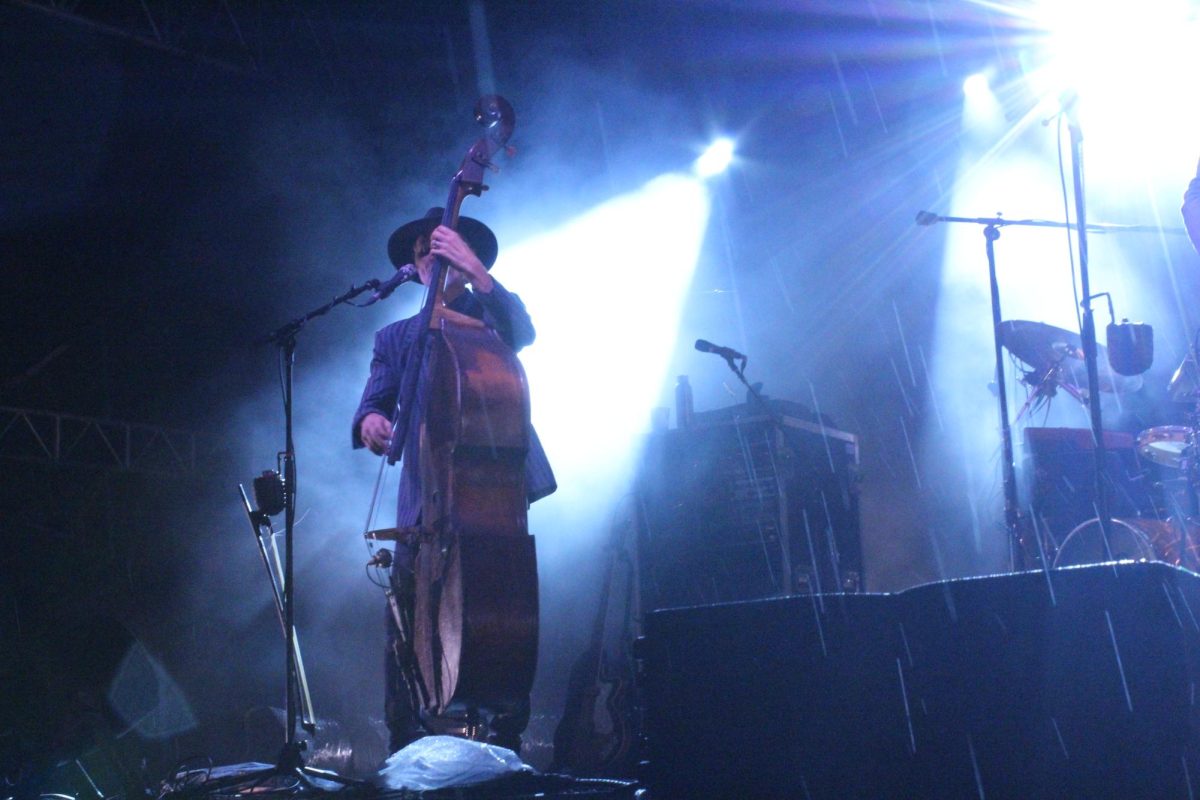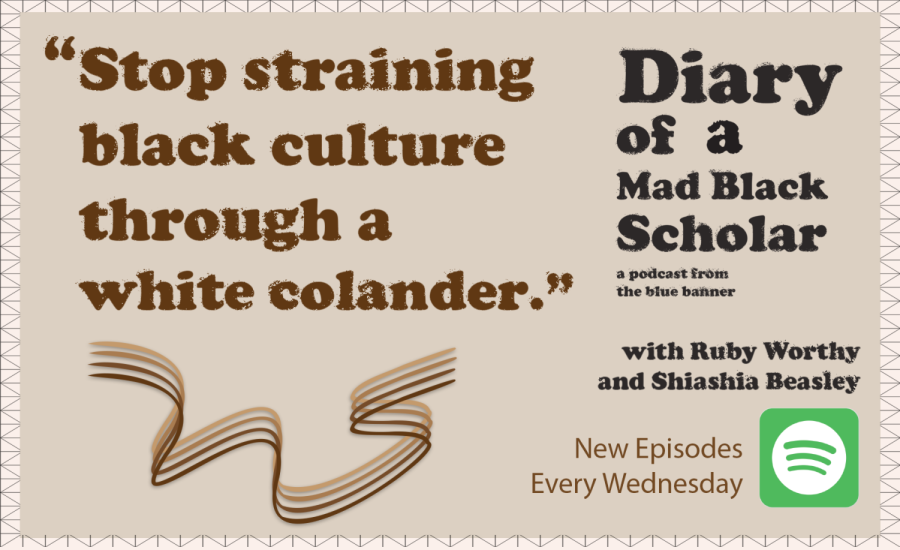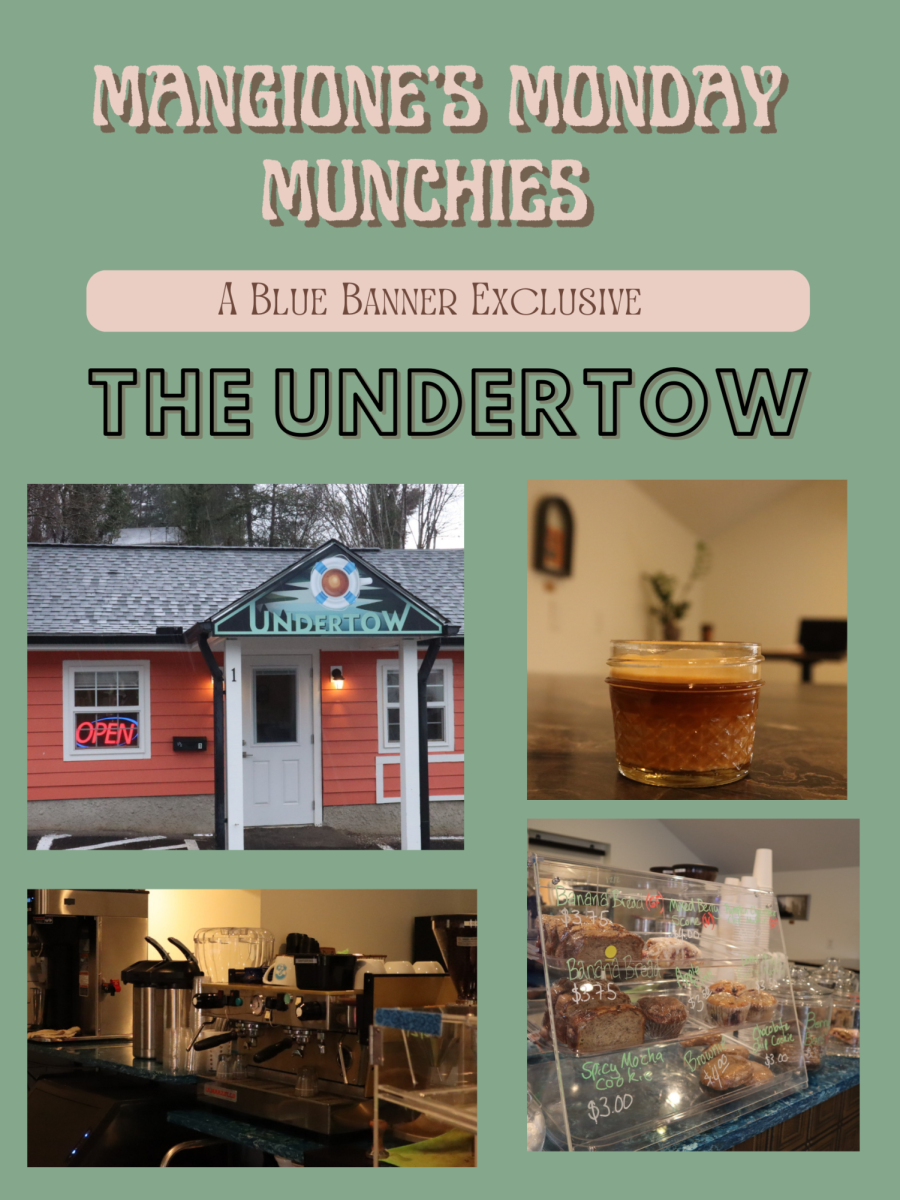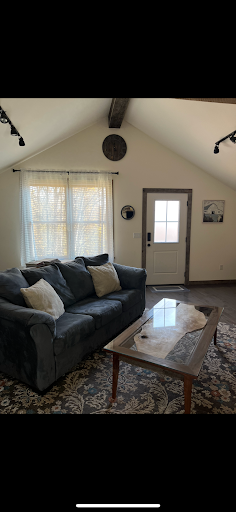By Avery Riggs – [email protected] – Contributor | Nov. 12, 2014 |
Livestock freely meander the public square. Train horns reverberate, bouncing off the Blue Ridge Mountains where Asheville is nestled. The echoes settle in the heart of downtown.
How times have changed since the 18th century. Still, one thing remains the same. Pack Square has been Asheville’s centerpiece since the town’s creation.
Denise Legendre, a Gray Line Trolley tour guide, recounts the square’s history for tourists daily.
“This is where the action starts,” she says.
Lying at the intersection of an old Cherokee footpath and the city’s old drover route, the property for the public square encompassed existing buildings of the town, thus establishing a focal point for Asheville’s future growth, according to the National Park Service’s register of historic places.
First called Market Square, then Public Square and later Court Square, Asheville’s city square was not named Pack Square until 1903, in honor of downtown Asheville benefactor, George W. Pack.
Lumber baron and philanthropist, Pack donated the land to create a “park for the people,” according to the Pack Square Conservancy. Pack’s donation hinged upon the county’s agreement to permanently dedicate the square as a public park.
Following Pack’s wishes for 111 years and counting, Asheville’s city officials continue to support and maintain Pack Square as a public park, Legendre says.
The square served as a haven for locals but in the late 18th and early 19th centuries, an influx of tourists added another dimension to the park.
Kathe Schmidt, a Gray Line Trolley ticket salesperson, expands on why this influx of people in the late 1880s occurred.
While Pack was credited for cleaning up downtown, he was initially drawn to Asheville’s fresh air and mountain breeze for a different reason, as were others, she says.
“In the 1920s, before the stock market crash, there was a boom and everybody was building,” Schmidt says. “It was very popular because the railroad came in 1880 and people were coming for their cure.”
If Asheville inhabitants weren’t looking for a cure, they were looking for a good time.
“During Prohibition, because Asheville was in the lap of moonshine country, it was a big party destination,” Schmidt says. “They never felt Prohibition.”
In fact, Asheville is home to its own speakeasy, Pack’s Tavern, which dates back to that era, Schmidt says.
An underground tunnel connected Pack’s Tavern to the police department next door. The police department would confiscate moonshine and deliver it to Pack’s Tavern via the tunnel. The tavern then sold the alcohol and the police department collected the profits, Legendre says.
Other buildings around Pack Square have a more macabre history.
The Jackson Building, a neo-Gothic style skyscraper completed in the late 1920s, was the tallest building in Western North Carolina for many years, standing at 114 feet tall.
Because of its towering height, it was also the site of 17 suicide jumps during the stock market crash.
“It hit us hard,” Legendre says with a grin.
Not many Asheville locals are aware of the building’s history, but there is an indication of its grim past on its front entrance pavement.
“A city planner with a sick sense of humor snuck in a bull’s-eye,” Legendre says.
That was not the first crime scene in Pack Square.
Two decades prior to the stock market crash, a mass murder took place in Asheville’s downtown and surrounding outskirts.
“In 1906 was the murder spree of Will Harris,” says Matt Wilson, a tour manager with the Gray Line Trolley.
Harris was an escaped felon from a Charlotte prison who traveled to Asheville in search of his ex-girlfriend. He bought a gun, bullets, a bottle of whiskey and a new suit from Finkelstein’s, which still exists in Asheville today, Wilson says.
Harris went to his ex-girlfriend’s sister’s house where he beat her, trying to get the location of his ex. She heard of his arrival and went into hiding.
He wandered into Pack Square, where he gunned down two policemen and three civilians and wounded many more.
“He hightailed towards Fletcher and came to Burney Mountain,” Wilson says.
A posse of about 100 men tracked Harris. When they found him, they emptied their guns into the bushes where he was hiding.
“One of the policemen he shot was standing right there in front of the [Vance] monument, and it went through the roof of his mouth, broke a tooth and chipped off part of the monument,” Wilson says. “Some people say you can still see the chip.”
And it all started in Pack Square.
